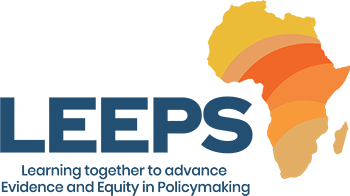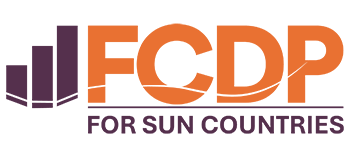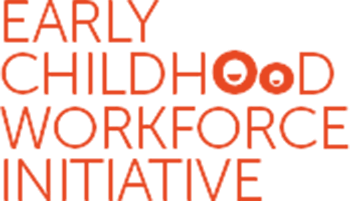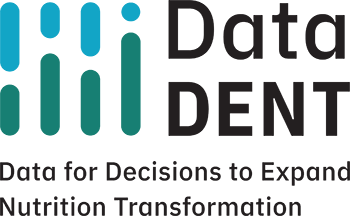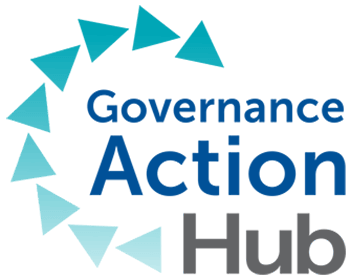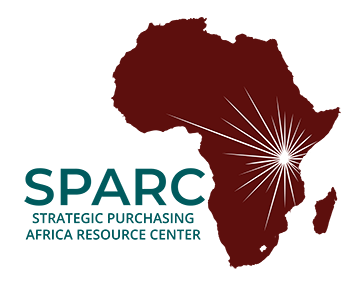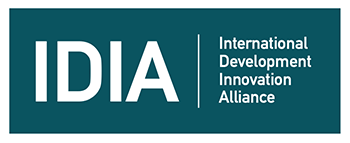Is the aid architecture for education failing the world?
If so, how can we fix it?
In his recent essay in the International Journal of Education Development, Nicholas Burnett, a senior fellow at Results for Development (R4D), lays out a forceful case for reform in the international education aid architecture, which he defines as the set of international agencies and institutions that receive international resources to support countries’ educational development. Drawing upon more than 30 years of experience as an education economist – working with and for some of these institutions — he cites the need for improved leadership, more priority setting, enhanced knowledge generation and sharing, and better financial and technical support in order for major progress to be made in the sector.
As a starting point for reforming the education aid architecture, Burnett calls for three immediate actions:
- Global discussion around the future of education
- The establishment of a specific mechanism to fund global public goods in education
- A large-scale initiative to couple technical and financial to low-income countries, with a particular emphasis in Africa
Inspired by this paper, R4D recently convened a high-level panel to critically examine the current state of the education architecture and explore ways in which it can be improved in order to support the provision of quality education to all. Panelists included: Jo Bourne, chief technical officer for the Global Partnership for Education; Julie Cram, USAID deputy assistant administrator of the Bureau for Economic Growth, Education and Environment; Robert Jenkins, UNICEF Education Chief; Dzingai Mutumbuka, former minister of education for Zimbabwe; and Jaime Saavedra, global director of education at the World Bank; with Gina Lagomarsino, R4D president and CEO, moderating the discussion. Watch the full discussion here.
Though there wasn’t a full consensus from the panel on all of Burnett’s arguments, there were a number of areas of convergence, including that:
Global dialogue must be informed by local challenges. Panelists noted that there is, at times, a disconnect between dialogue among global actors and the challenges that teachers, administrators, and policymakers confront as they aim to improve learning and build strong education systems. Moreover, they questioned the extent to which country actors were aware of global discussions, frameworks, targets, and research. Instead, as emphasized by Julie Cram, the voice of national stakeholders should be included in such fora, such discussions should be grounded in the challenges that in-country stakeholders confront — and, as Rob Jenkins noted, global actors might also be wise to have a dose of humility regarding the role they can play in effecting change.
The education sector must cultivate a sense of urgency. Saavedra noted that education stakeholders can learn from the efforts of the climate change community by making a strategic, concerted effort to establish consensus — among both education and non-education stakeholders — that there is an acute, global learning crisis. (The gist is: more children than ever are in school, but too few of them are learning.) Saavedra theorized that a practical way of doing this is to establish a single metric, akin to the $1 dollar/day poverty index, around which advocates and the broader education community could rally.
More resources should be directed toward improving implementation support. A good sector plan can be foundational for improving education outcomes, particularly insofar as it galvanizes education stakeholders around a set of common priorities. Yet, sector plans come at a sizable cost — in terms of time, human resources and finances — and their utility can be constrained by changes in ministerial leadership (as new Ministers of Education can bring a new set of priorities) or by poor implementation capacity. In order to realize the promise of good planning, panelists, led by Jo Bourne, called for new and better forms of implementation support, through a combination of reallocated or new finances, new modalities of technical assistance, more nimble evaluation methods focused on learning rather than accountability, and investment in stronger bureaucracies.
Systems strengthening efforts must acknowledge and respond to the politicization of the sector. Both Burnett and Mutumbuka (with nodding heads from the other panelists and many in the audience) called attention to the politicization of the education sector. Such politicization manifests itself in myriad ways, from decisions regarding allocation of scarce domestic resources, to lack of coordination among donors with competing priorities, to expectations that former teachers will take over administrative and management roles within Ministries of Education. And yet, despite this, the international community has often leveraged stagnant technocratic solutions to address such education challenges, with predictably subpar results.
Panelists noted that, if sustained sector improvements are to take hold, it will require strong domestic leadership, norms of accountability which are rooted in systems change rather than donor requirements, and trust on the part of international actors to support national decision-makers. And while there is an important role for technocratic solutions (good teacher training and robust EMIS’s matter, of course!), they will not, absent these elements, lead to long-term improvements.
So, where do we go from here?
The panelists’ remarks implied that reform will be messy and unlikely to happen overnight and, importantly, that it cannot be divorced from politics. Navigating such change will also require exceptional leadership. In this way, this process of reform at the global level mirrors the critical but challenging task of supporting systems reform at the country level. And while the panelists gave appropriate attention to the complexity and magnitude of the challenge of reforming the international aid architecture, they went beyond simply problematizing the current landscape.
The principles for change that were proposed in the panel, e.g., increasing investment in global public goods (including by building upon vehicle such as GPE’s Knowledge and Innovation Exchange), identifying models for enhancing donor coordination, re-imagining paradigms of technical assistance, moving beyond nominal mentions of country involvement by centering such dialogue on addressing country challenges, were not intended to provide a detailed roadmap for actualizing reform. However, what they do offer is a set of principles that can animate efforts to enact much needed improvements to the existing architecture.




